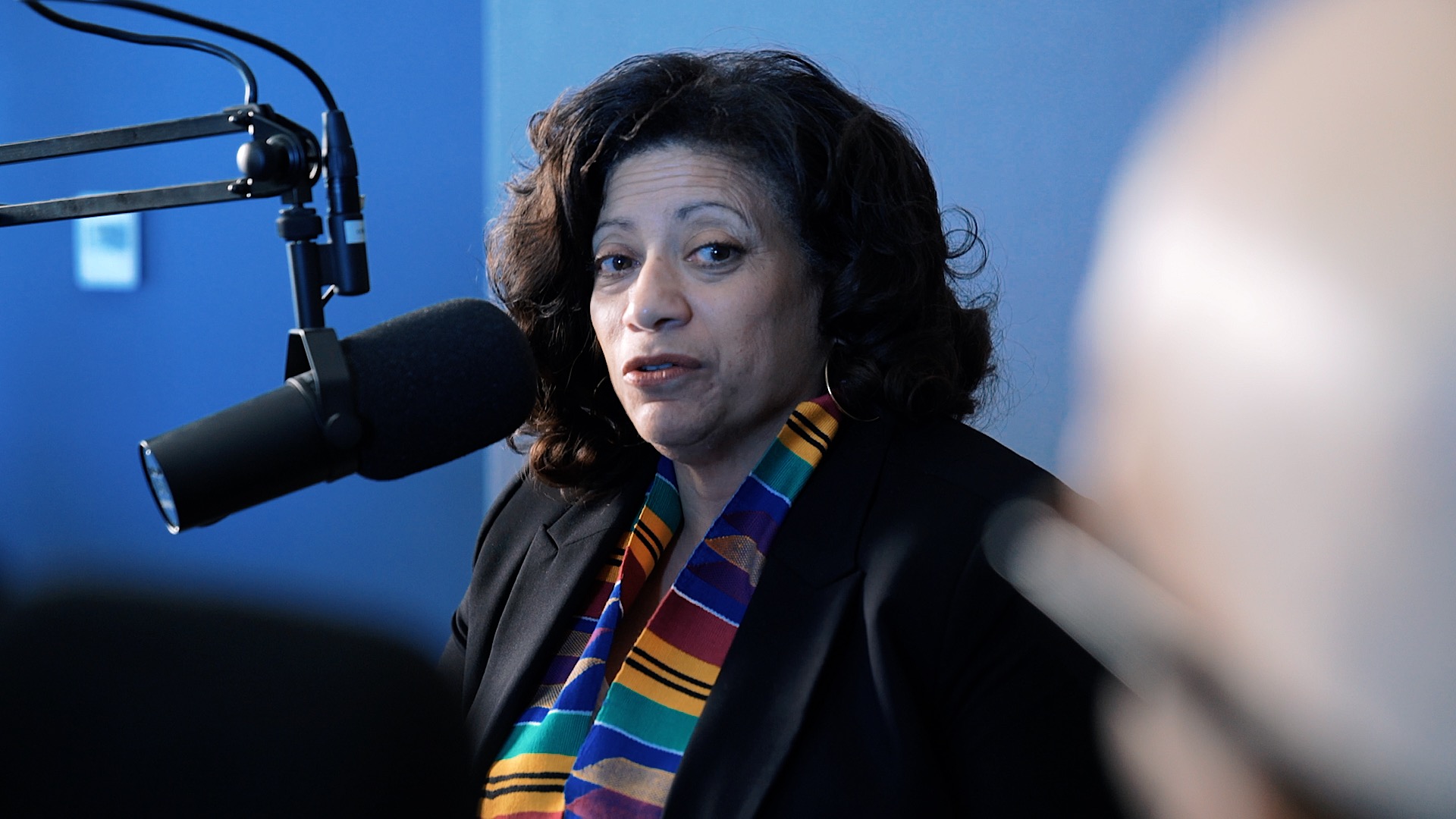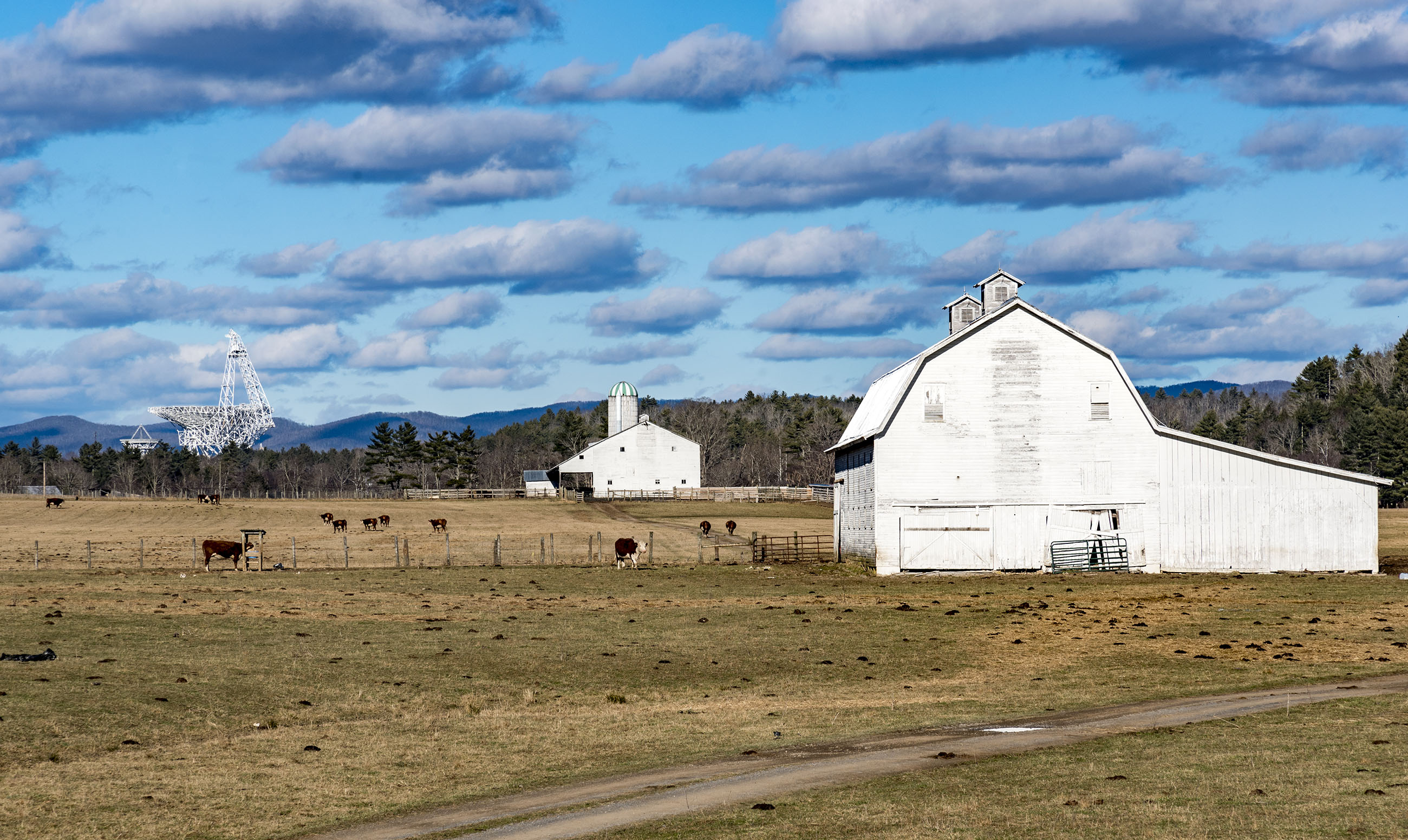I first developed the concept of the Pendulum Effect Theory of Race Relations in 1999, when I made a conceptual connection between the physics formula which states that for every action there is an equal and opposite reaction, and the progression of race relations in the United States. I noticed that the concept that applied so absolutely in the physical realm seemed to relate similarly to matters of race and social conscience, and that the timeline of our racial history in the U.S. exhibited an undeniable pattern of swinging back and forth between conflicting social ideals, concepts, principles and behaviors.
Today, Americans are being bombarded with political rhetoric very reminiscent of that which took place back in the 1950s and 1960s. Actually, when examined, the language used by opponents of the civil rights movement closely compares to that being used by some of today’s most prominent right wing leadership. And taking it a step further, if we examine the photos from that time, and look closely at the faces of those protesting civil rights progress like the integration of schools, restaurants, buses and other public places, they look like mirror images of the hateful expressions on the faces of some Trump supporters today. It has repeatedly taken me aback — the looks I’m sometimes given by people in Walmart and other such places during the election of 2016. They stared at me with such disdain, knowing nothing about me other than my presumed race. It seemed that political moment had emboldened some people to remove their masks of civility, and expose their true feelings about Black and Brown people. It’s frightening really, how quickly people will jump on a bandwagon of hate, compared to how long it takes us to inch toward equality.
Many say that those hateful feelings and the people who harbor them needed to be exposed, as it allows us to accurately assess our progress in race relations. And if you believe as I do that bigotry and prejudice are residual symptoms of a deeply rooted disease — racism — then you know it’s impossible to heal and eradicate something that’s hidden and ignored.
Theoretically, this only stands to reason. We as a nation have refused to study our racial history in its entirety. I can’t give just one reason why this is the case, but I believe it is in large part because we find it ugly and shameful. So when it is taught, many times it is altered to remove the sting. We talk about Dr. Martin Luther King Jr., but not much else. And even when talking about him, he’s sanitized, and his legacy as a radical freedom fighter is diminished to highlight him as merely a peace-loving dreamer. But as cliché as it sounds, it’s true that those who do not study and heed the lessons of their history are doomed to repeat it. And with many aspects of the Trump presidency, we are watching some of our painful past re-emerge right in front of us. But the question does arise, why?
The logical place to start talking about race in this country is the 1600s, when the first Africans arrived on these shores. For nearly four centuries, Black people of the diaspora were enslaved, and as a result some definite patterns of behavior between the Black and white races emerged, and became entrenched in our national identity.
Thus with the advent of the scourge of chattel slavery, Black people were stripped of not only their physical freedom, but everything that their previous society had provided them as human beings; and they were left to carve out a new existence in a new and dangerous place. And so was cultivated, accepted, and legally condoned the most horrific period in our national history. And the pendulum of racial oppression began its swing powered by the legal enslavement of Africans in America.
Enslaved people were eventually determined by the government to be only three-fifths human. It’s hard to imagine any statute could be established that eradicated two-fifths of a person’s membership in the human race, but of course in oppressive environments, justifications for almost anything can easily be fabricated.
After a couple of centuries, public sentiment toward slavery began to wane, and the pendulum swing reached its next apex, resulting in the Civil War — the bloodiest and most devastating war this nation had ever experienced. It pit brother against brother, friend against friend, and the economic outcome for the country was horrific. But it ended with the eradication of human slavery in America. And at that moment, the power source behind racial division in this country was cut. But like a physical pendulum, the inertia of the pendulum of race relations would keep swinging, and it swings until this day.

Logically, although we have seen major movement in the direction of equity and justice in our country, racism is an ideology that is deeply ingrained in the fabric of our nation. It only stands to reason that it would not be eradicated from the minds and hearts of people with one fell stroke of a pen. Arguably, it may take just as long, if not longer, than slavery lasted to be totally rid of all its ill effects on generations of our people. Thus, it was not long before America experienced the next pass of the pendulum. With this swing we saw many of the freedoms gained during Reconstruction succumb to vigilantism and eventually Jim Crow segregation. Black people lived in fear of lynching in the south and endured a more subtle but still debilitating oppression in the north. Stereotypes, of them as lazy, shiftless, and inferior prevented them from progressing in mainstream society, and America denied a huge segment of its population their natural citizenship rights for nearly another century. And although Black people managed to build a meaningful society of their own, and there were advocates for civil rights in both the Black and white communities, true freedom was still an elusive goal.
But then because of the ongoing struggle of a fatigued and disenfranchised people another swing took place, and the civil rights and Black Power movements erupted on the scene. Aided by the media, Black people forced America to take a long and painful look at the history of wrong that had permeated their national character. Black leaders emerged and activists of all races stood in solidarity with one another around a common purpose. Black people began to demand the rights denied them for so long, and their peaceful yet powerful protests resulted in civil-rights legislation that began to lift the dark cloud they had been living under for so long.
Sadly, with that progress came another swing of the pendulum. Conservatives came to power in government and made efforts to undo many of the policies that had been put in place to preserve equal rights for people of color. Their goal was to eliminate the laws that had made those policies enforceable.
This time, however, the power source (legal slavery) had been cut, and the pendulum did seem to indeed be slowing. Although dealing with these still-present attitudes was disturbing, it did not completely undo the positive gains that had been made. The constitutional stopgaps held, and we continued to make progress towards equity, despite obvious attempts to reverse the tide that had been flowing toward justice.
Then the seemingly impossible happened: our nation elected its first Black president. Many began to use terms like “post racial” and spoke of an egalitarian society. But elated as I was by this enormous accomplishment, there was a dread sitting like a stone in my stomach, because the way the people on the right reacted let me know that the pendulum had not stopped swinging with this milestone. I also suspected that there would be a tremendous backswing. And in November 2016, it happened, the election of Donald J. Trump.
But let’s be clear, the election of Donald Trump did not cause this backswing. It is the outcome of it. Trump is the obvious consequence of the problem that we have been trying to solve for centuries while swinging back and forth on this racial tick-tock over time. He is the manifestation of the hatred that has existed in the country for almost four hundred years. He is writing a chapter of our unfinished manifesto of who we are as American people.
But troubling a time as this is, there is a high note at the end of this sad song. Because as surely as this backswing was coming, there will be a swing back toward progress. And maybe, as the pendulum slowly swings to a stop, our history of racism will gradually come to an end. After all, its power source is gone; we have only been swinging on its momentum. So one day, perhaps soon, we will be able to say that we survived as a nation, that we learned from our experiences and created an even greater world for our children to grow up in than we ever imagined. That is something to hope for. It is absolutely something worth working toward.
Marjorie M. Fuller is the director of The WVU Center for Black Culture and Research. Her specialties include development of retention initiatives for students of color, and other underrepresented groups; and research tours that focus on unique under researched aspects of the African American experience. She is a speaker, presenter, author and workshop facilitator in the area of Diversity and Cultural Studies.



